Description
The model accurately reproduces the cranial morphology of Mungo Man, showcasing modern human features such as a high forehead, rounded cranium, and reduced brow ridges. Attention to details such as a projecting chin, dental arch shape, and other characteristics indicative of anatomically modern humans.
Detailed representation of facial features, including a flat face, reduced brow ridges, and a well-defined chin, reflecting characteristics of modern human anatomy and accurate depiction of a high and rounded vault of the skull, reproduction of dental features, including a reduced size of molars and premolars compared to earlier hominins along with attention to tooth wear patterns indicative of dietary habits and cultural practices.
Constructed from durable, museum-quality materials, the Homo sapiens (Mungo Man) fossil model ensures longevity and authenticity. Meticulous attention to texture and coloration contributes to a lifelike appearance, based on available information and artistic interpretation.
The fossil model serves as an essential educational tool for researchers, educators, and enthusiasts interested in the history of modern humans in Australia. It contributes to a deeper understanding of Homo sapiens morphology, adaptations, and the peopling of the Australian continent. The model provides a tangible means for detailed examination, research, and analysis of Mungo Man without the need for direct access to the original fossil material.
The Homo sapiens (Mungo Man) fossil model’s accurate representation of the individual’s physical characteristics, combined with its archaeological and cultural context, offers valuable insights into the early human presence in Australia. Its meticulous design and scientific accuracy make it an invaluable addition to museum exhibits, educational displays, and private collections, providing a visually compelling narrative of this specific individual and the broader human history in the region.

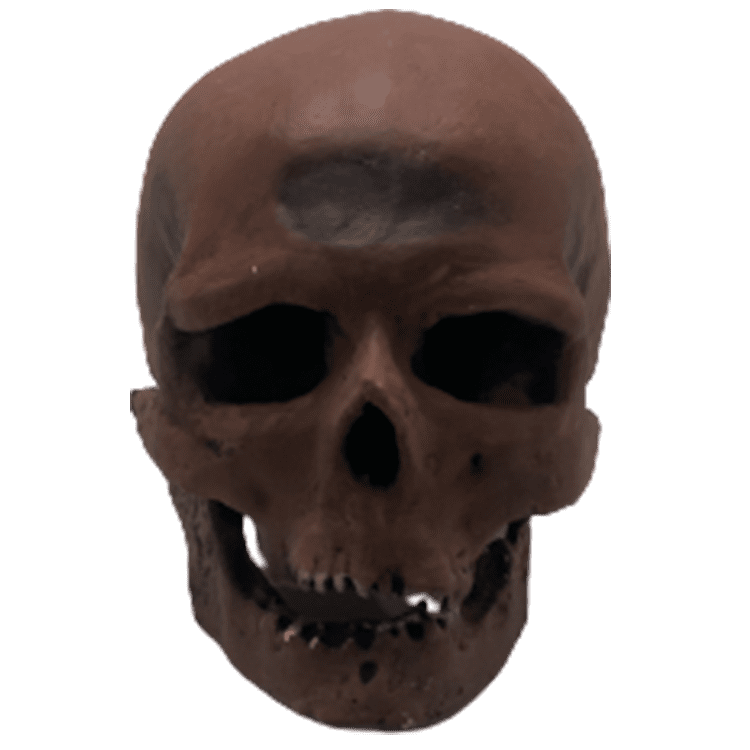
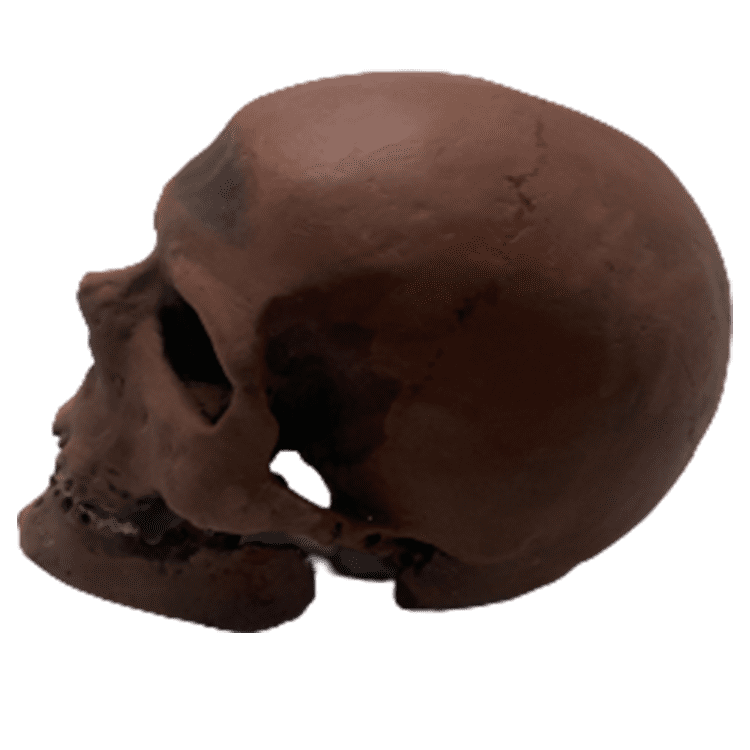
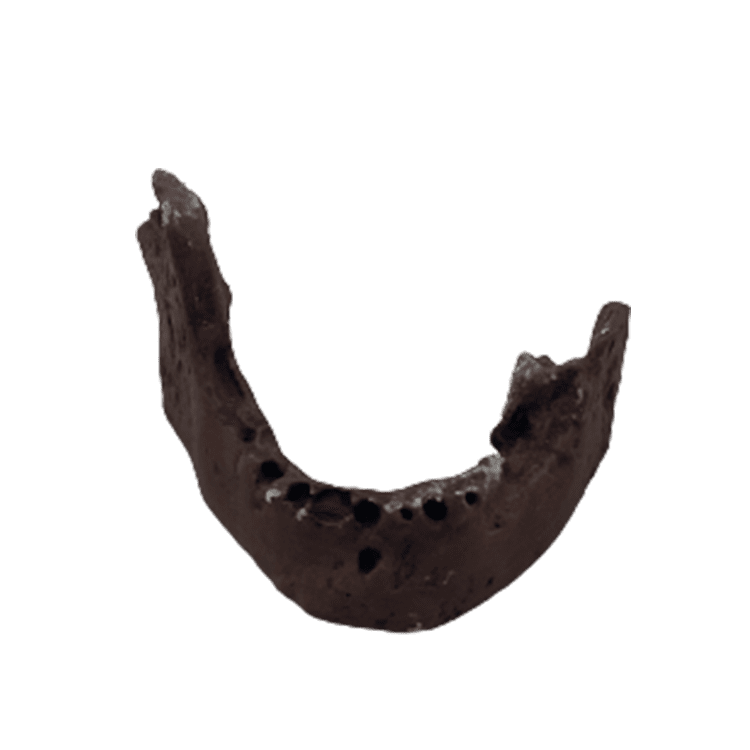
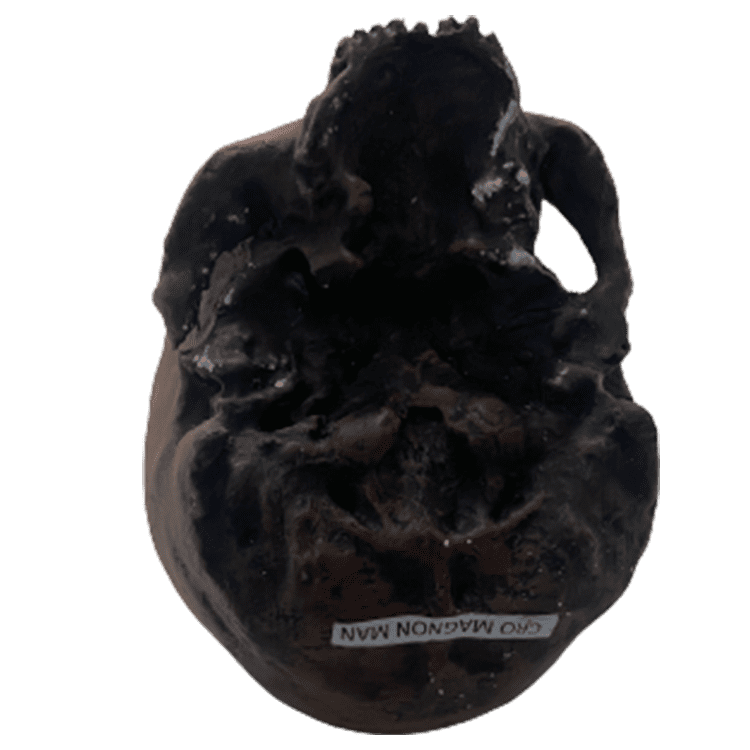

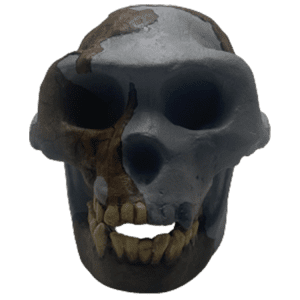
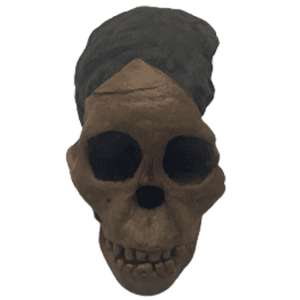
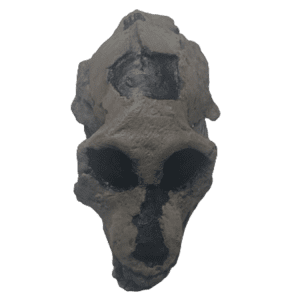
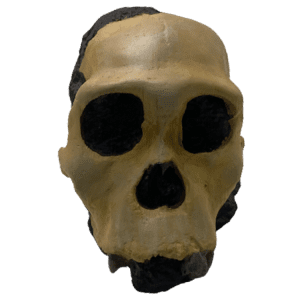
Reviews
There are no reviews yet.